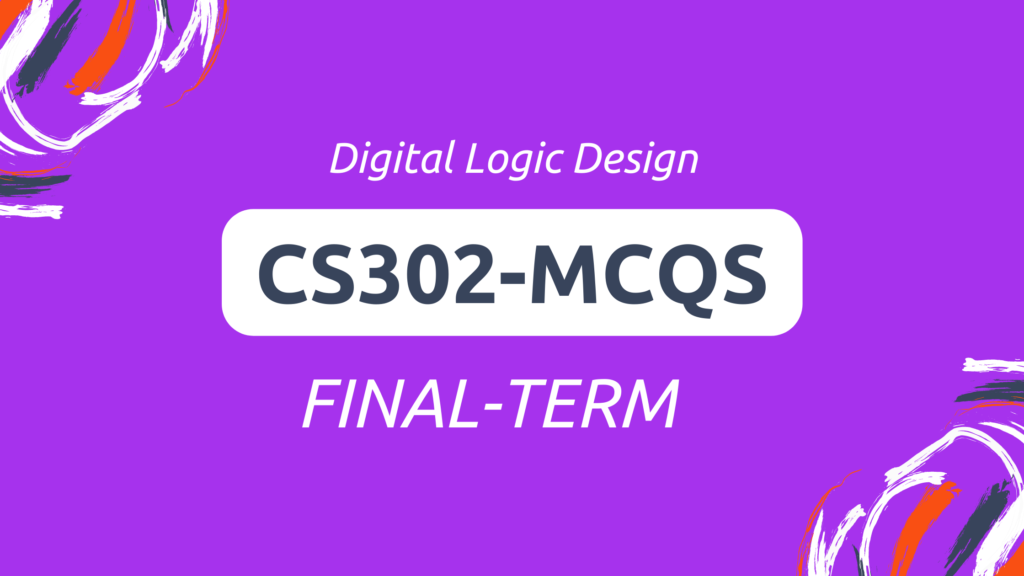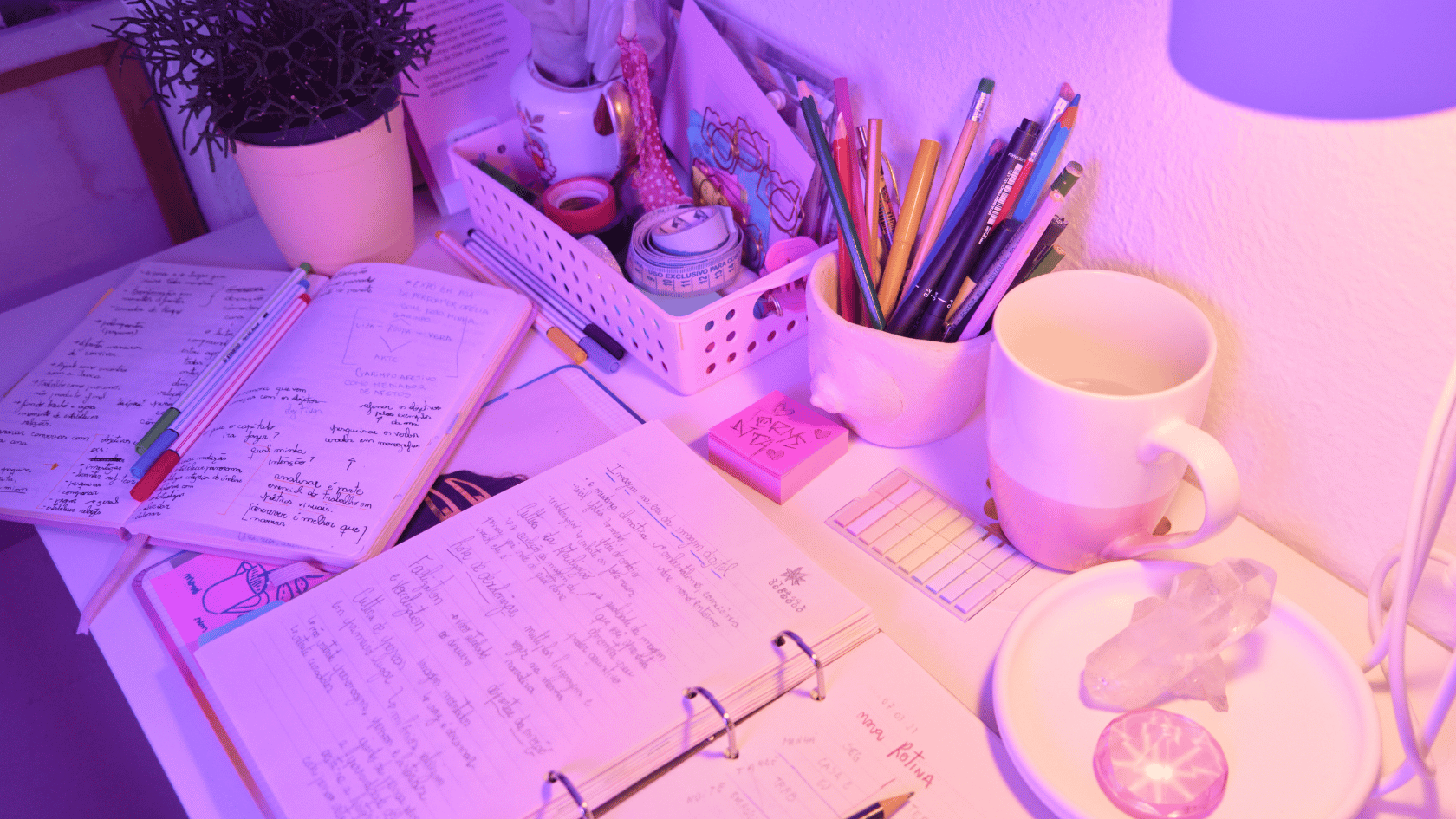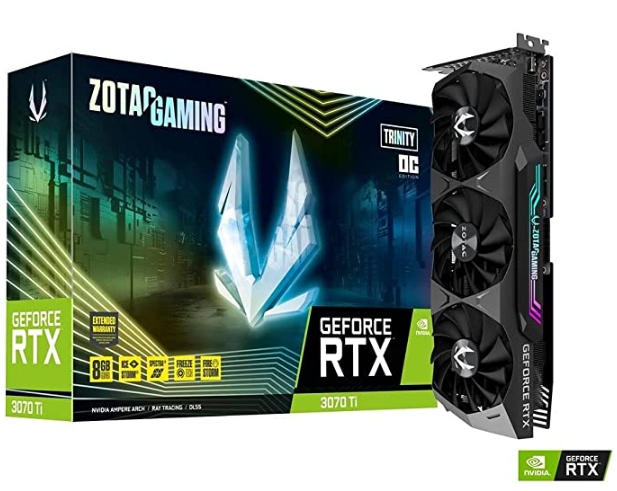CS302-DLD Quiz MCQS #Objective #Questions #Finalterm
1. The terminal count of a modulus-13 binary counter is:
- 0000
- 1111
- 1101
- 1100
2. In Master-Slave flip-flop setup, the master flip flop operates at ___
- Positive half cycle of pulse
- Negative half cycle of pulse
- Both Master-Slave operates simultaneously
- Master-Slave flip-flop does not operate on pulses, rather it is edge triggered
3. The ___ input overrides the ___ input
- Asynchronous, synchronous
- Synchronous, asynchronous
- Preset input (PRE), Clear input (CLR)
- Clear input (CLR), Preset input (PRE)
4. A flip-flop is connected to +5 volts and it draws 5 mA of current during its operation, the power of dissipation of the flip -flop is:
- 10mW
- 25mW
- 64mW
- 1024mW
5. With a 100KHz clock frequency, eight bits can be serially entered into a shift register in
- 80 micro seconds
- 8 micro seconds
- 80 mili seconds
- 10 micro seconds
6. The 74HC163 is a 4-bit Synchronous Counter, it has ___ parallel data inputs pins
- 2
- 4
- 6
- 8
7. ___ Counters as the same indicates are not triggered simultaneously
- Asynchronous
- Synchronous
- Positive-Edge triggered
- Negative-Edge triggered
8. ___ is one of the examples of asynchronous inputs.
- J-K input
- S-R input
- D input
- Clear input (CLR)
9. To write data to the memory, the write cycle is initiated by
- applying the address signals
- assigning the values to variables
- reserving the space for variables
- applying the data signals
10. ___ is one of the examples of synchronous inputs.
- J-K input
- EN input
- Preset input (PRE)
- Clear input (CLR)




